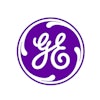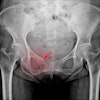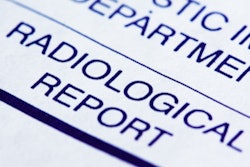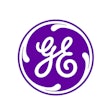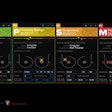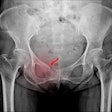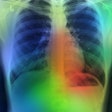Radiologists highly prefer patient clinical histories generated by large language models (LLMs) for oncologic imaging requisitions to those typically produced by referring physicians, according to research published February 4 in Radiology.
As a result, LLMs may be able to bridge the well-known communication gap between radiologists and referring physicians, potentially improving patient care, according to a team led by Rajesh Bhayana, MD, of the University of Toronto.
“An LLM enabled accurate automated clinical histories for oncologic imaging from clinical notes,” the authors wrote. “Compared with original requisition histories, LLM-generated histories were more complete and were preferred by radiologists for imaging interpretation and perceived safety.”
Although high-quality clinical history is highly important for oncologic imaging, the clinical information included in radiology requisitions often lacks key details, according to the researchers. As a result, they sought to utilize GPT-4 (OpenAI) to prepare clinical histories using the comprehensive clinical notes in electronic health record software.
After a multidisciplinary team selected 10 parameters deemed important for oncologic imaging history, the researchers then performed a retrospective study involving 207 patients who had received CT scans at a cancer center. Prompt engineering was performed on 7 patients and then GPT-4 was tasked with generating clinical histories from the designated oncologic parameters extracted from clinical notes for the remaining 200 patients.
| Comparison of GPT-4 generated clinical histories vs. original requisitions | ||
|---|---|---|
| Original requisitions | GPT-4 clinical histories | |
| Included primary oncologic diagnosis | 89.5% | 99.5% |
| Included acute or worsening symptoms | 4% | 15% |
| Included relevant surgery | 12% | 61% |
| Preferred by radiologists for imaging interpretation | 5% | 89% |
| Would enable more complete interpretation by radiologists | 0% | 86% |
| Would have lower likelihood of harm | 3% | 55% |
| *All differences were statistically significant (p < 0.01) | ||
The researchers noted that this approach should now be evaluated prospectively.
In an accompanying editorial, Neda Tavakoli, PhD, and Daniel Kim, PhD, of Northwestern University noted that the research provided “compelling evidence for the transformative role of LLMs, such as GPT-4, in enhancing the generation of clinical histories for oncologic imaging.”
“By effectively addressing long-standing communication gaps and information bottlenecks, LLMs offer a promising pathway to better diagnostic accuracy, enhanced patient safety, and improved workflow in radiology departments," Tavakoli and Kim wrote. “These intelligent systems empower radiologists, and other health care providers, with the comprehensive clinical context they need to deliver timely and precise care to their patients.”
They recommended that future research focus on more diverse clinical settings and broader applications of LLMs across other imaging domains and medical specialties.
“As AI technology continues to evolve at a highly rapid pace, its careful and thoughtful integration into radiology and the wider health care system holds promise for a more intelligent, connected, and equitable health care system, one where the right diagnosis and appropriate treatment plans are accessible to every patient, regardless of their location, resources, ethnicity, or background,” Tavakoli and Kim wrote.
The full research article and editorial can be found here and here.
